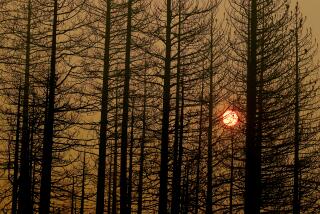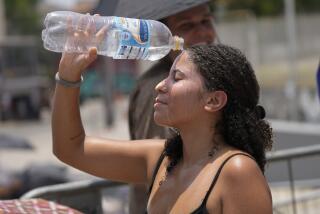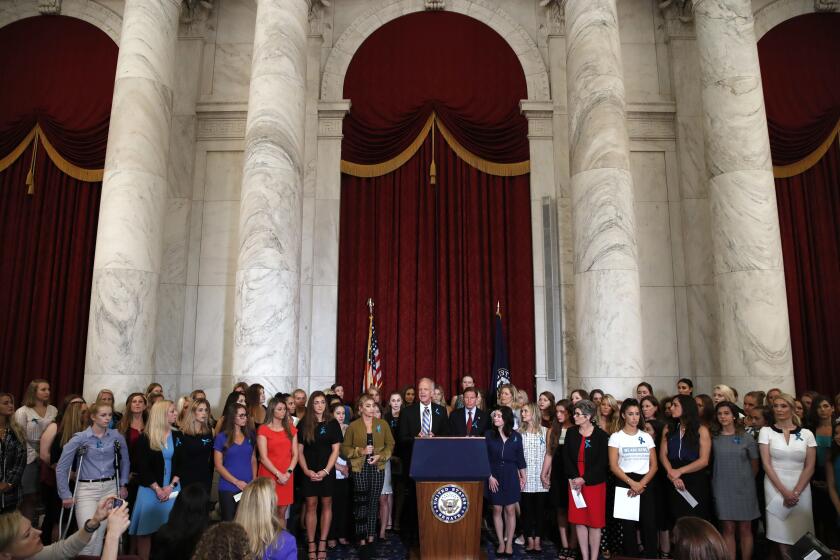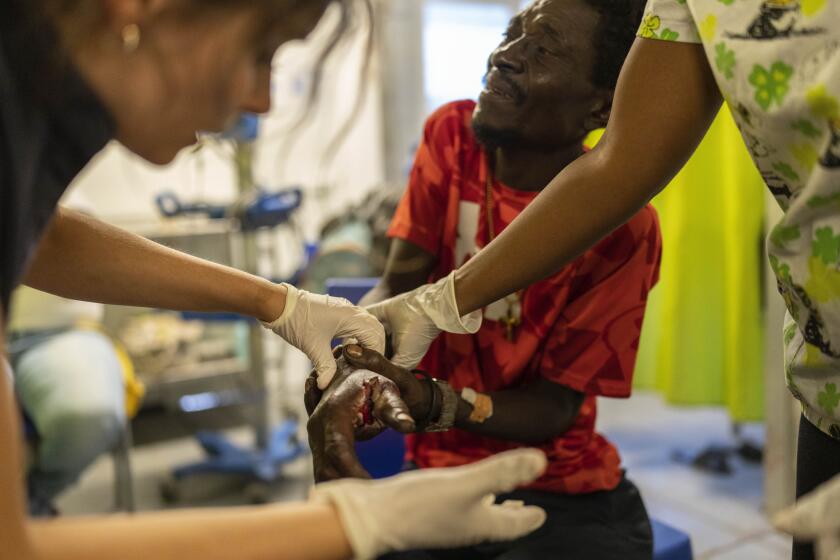U.S. report contradicts Trump team: Warming is mostly man-made
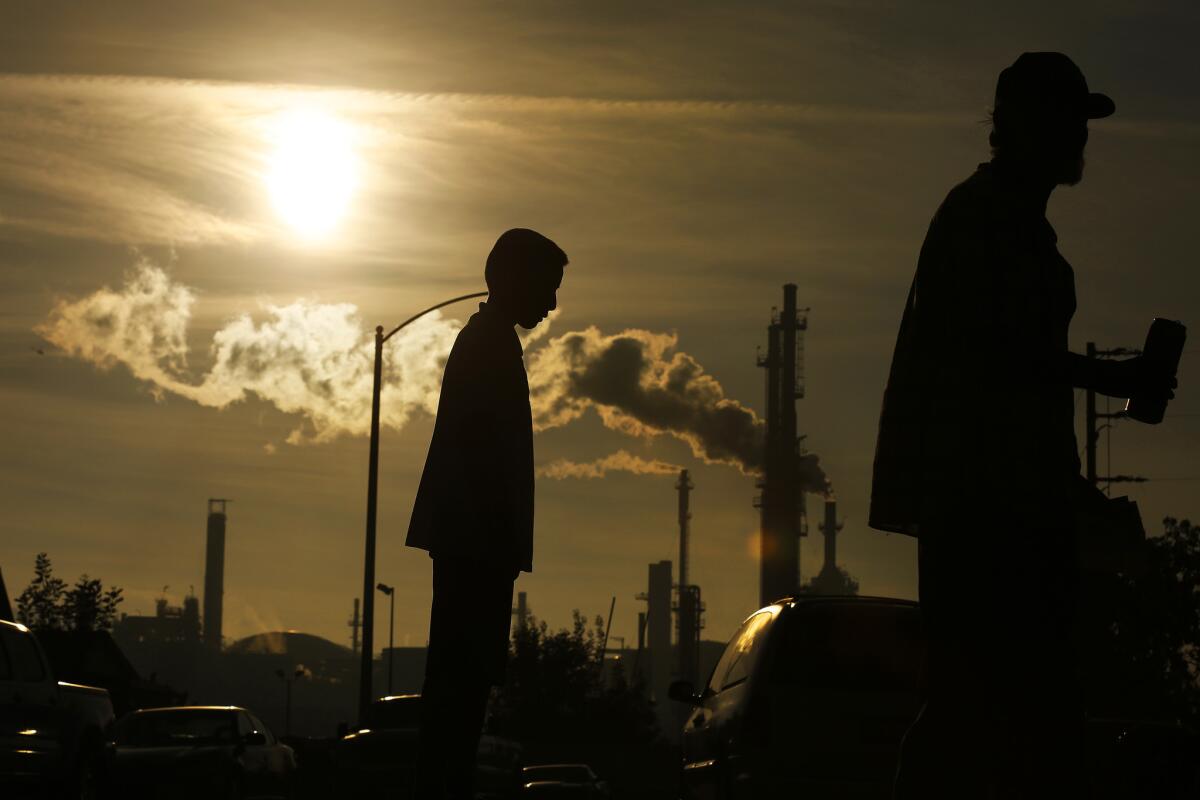
A massive U.S. report concludes that the evidence of global warming is stronger than ever, contradicting a favorite talking point of top Trump administration officials, who downplay humans’ role in climate change.
The report, released Friday, is one of two scientific assessments required every four years. A draft showing how warming affects the U.S. also was published.
Despite fears by some scientists and environmental advocates, David Fahey of the National Oceanic and Atmospheric Administration and several authors said there was no political interference or censoring of the 477-page final report. It’s the most comprehensive summary of climate science since 2013, showing a warming-worsening world.
“A lot of what we’ve been learning over the last four years suggests the possibility that things may have been more serious than we think,” said Robert Kopp of Rutgers University, one of dozens of scientists inside and outside the government who wrote the studies.
Since 1900, Earth has warmed by 1.8 degrees (1 degree Celsius) and seas have risen by 8 inches. Heat waves, downpours and wildfires have become frequent.
Energy Secretary Rick Perry and Environmental Protection Agency chief Scott Pruitt have repeatedly said carbon dioxide isn’t the primary contributor to global warming.
It’s “extremely likely” — meaning with 95% to 100% certainty — that global warming is man-made, mostly from the spewing of carbon dioxide into the atmosphere from the burning of coal, oil and natural gas, scientists concluded.
“Over the last century, there are no convincing alternative explanations,” the report said.
Scientists calculated that human contribution to warming since 1950 is between 92% and 123%. It’s more than 100% on one end because some natural forces — such as volcanoes and orbital cycle — are working to cool Earth, but are being overwhelmed by the effects of greenhouse gases, said study co-author Katharine Hayhoe of Texas Tech.
“This period is now the warmest in the history of modern civilization,” she said.
For the first time, scientists highlighted a dozen “tipping points” of potential dangers that could happen from warming, things that Hayhoe said “keep me up at night.”
They include the slowing of the giant Atlantic Ocean circulation system, which could dramatically warp weather worldwide; much stronger El Niño weather patterns; major decreases in ice sheets in Greenland and Antarctica, which would spike sea level rise; and massive release of methane and carbon dioxide from thawing permafrost that could turbo-charge warming.
Researchers did not provide an estimate of how likely tipping points would occur, but “there is certainly some chance of some of these things happening,” Fahey said.
The report also documented how different climate change-caused events can interact in a complex way to make life worse, such as the California wildfires and Superstorm Sandy five years ago.
“It shows that if anything, the findings of scientists have become more dire” since 2013, said UC Berkeley climate scientist Zeke Hausfather, who wasn’t part of the work.
UPDATES:
1:40 p.m.: This article was updated with details, quotes and links.
This article was originally published at 11:15 a.m.
More to Read
Start your day right
Sign up for Essential California for news, features and recommendations from the L.A. Times and beyond in your inbox six days a week.
You may occasionally receive promotional content from the Los Angeles Times.
